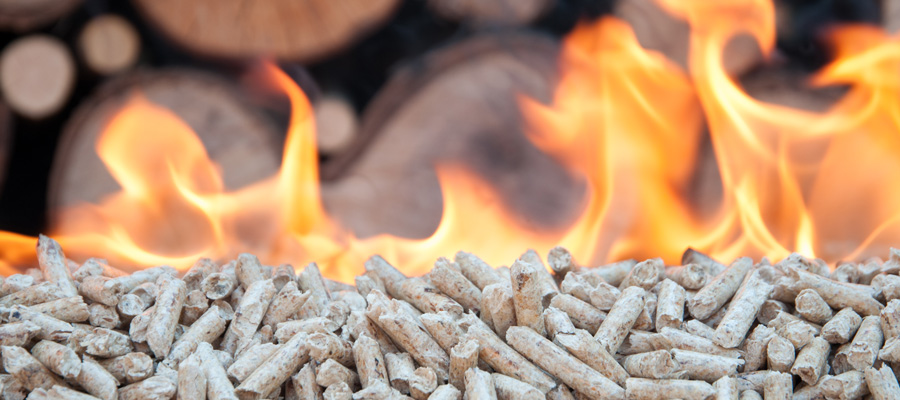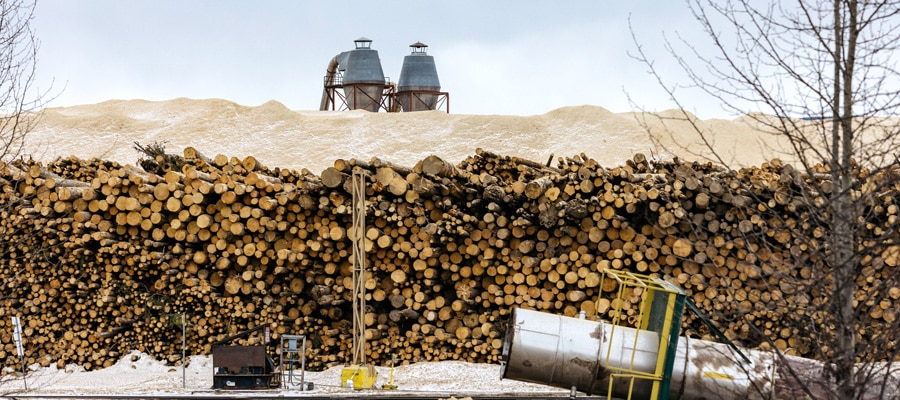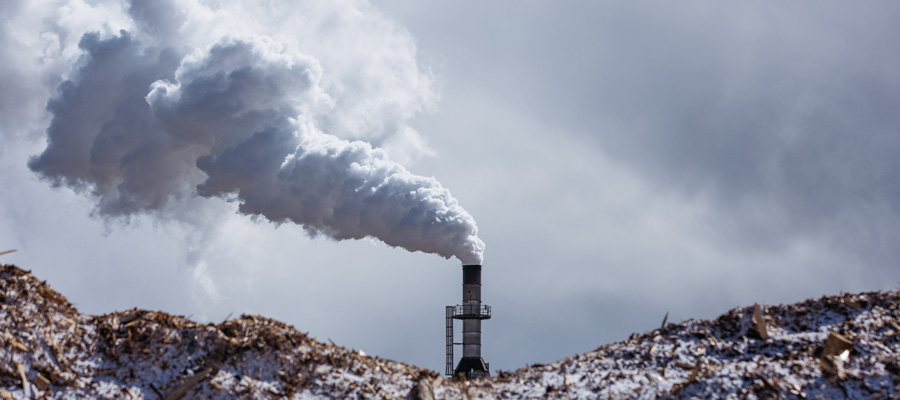A burning question

BC government needs to say how many trees are falling to wood pellet industry
Recently, two respected news organizations aired investigative documentaries showing how trees in BC’s drastically over-cut primary forests are chopped down only to be turned into wood pellets that are burned by the millions of tons to make electricity in the United Kingdom.
First the BBC televised a report on its feature series Panorama. Then, a few days later, CBC’s Fifth Estate weighed in. Both investigations demonstrated that massive numbers of logs—which come from trees, which come from forests—are being trucked to mills in BC owned by Drax.
Drax then turns those trees directly into pellets that leave BC in ocean tankers and make their way to England where they are burned at Drax’s North Yorkshire thermal electric plant.
Both documentaries validated what we and others have been saying for some time. Massive numbers of logs are being trucked to mills in BC owned by Drax.
Following the airing of the first of the documentaries, Forests Minister Katrine Conroy was asked in the Legislature to clarify that no old-growth trees were being turned into wood pellets by Drax. Conroy responded saying:
“I just want to clarify for the record . . . There is not old growth being cut down to utilize in Drax mills across the province.
In response to other questions, Conroy clarified that Drax “might” use logs to turn directly into wood pellets, but only logs that lumber-markers did not want.
The BBC discovered, however, that not only did Drax own a license to log old-growth forest, but that the forest in question was in a “deferral” area identified by BC’s own Technical Advisory Panel as at risk. Conservation North recently filmed the logging taking place in this Drax license area.
Even the Wood Pellet Association of Canada, of which Drax is a member, acknowledges they use logs. They just argue that so-called “biologs” can’t be used for anything else because they are of such low quality—an assertion that a woodworker interviewed by the BBC said was false.
In a recent report commissioned by the Association, the authors estimate that 19 per cent of the feedstock for BC pellet mills is, in fact, logs. Which means that at the very least 1 million cubic metres of logs per year are being turned directly into wood pellets by Drax and others.
Since almost all previously logged forests in BC’s interior are too young to log, that means any logs entering Drax’s mills come from “primary” forests, having never previously been industrially logged. Once cut down, such forests won’t reach an advanced age again, since industrial forestry is predicated on cutting down planted trees in 80 years or less.
The rapid rate at which our primary forests have been logged has placed us squarely in an ecological crisis, which is mirrored in an unfolding economic disaster as thousands of jobs in the forest industry disappear. Too much forest has been logged too quickly. Little is left. Even the BC government itself says so, noting in its most recent budget that logging rates are poised to fall dramatically. At least 1 million cubic metres of logs per year are being turned directly into wood pellets by Drax and others.
Changing course requires that government stop the denial game, admit the mess we are in and take action.
We believe that action includes:
- A transparent, full accounting of where all logs and residuals go, be they to sawmills, pulp mills or pellet mills.
- Unambiguous policies that compel forest companies to get the maximum value from each tree logged, with priority given to solid wood products.
- And rapidly protecting what little old growth (and other primary forest) remains, which is what scientists on a panel appointed by the government said must be done.
The absurd practice of cutting down forests just to burn them must end.
Topics: Climate change & energy policy, Environment, resources & sustainability


